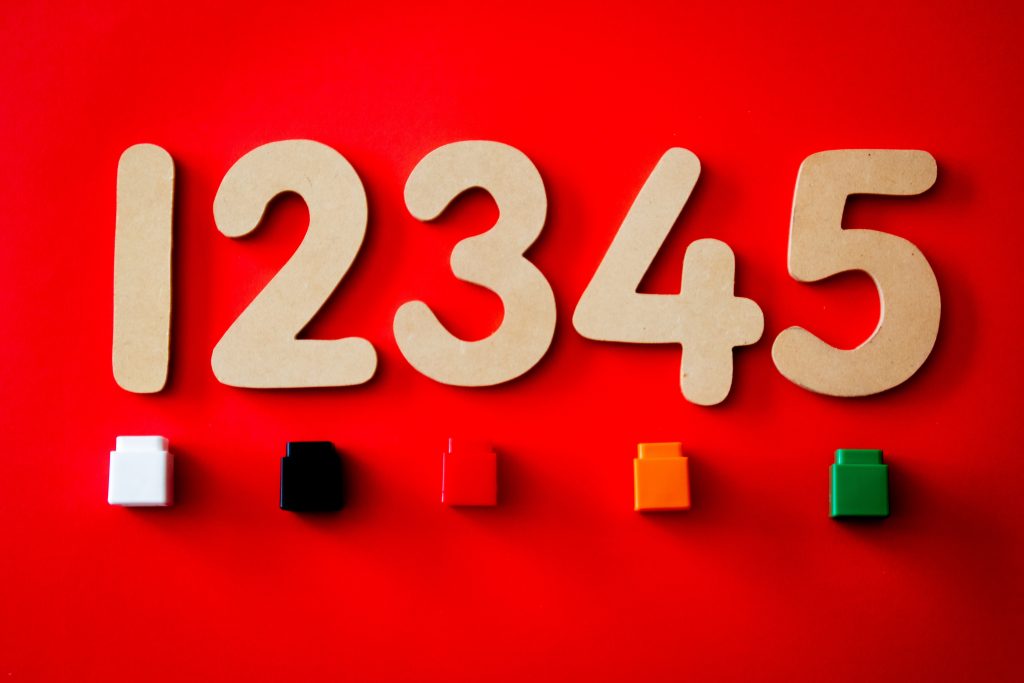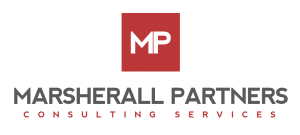Tricia Marsherall is the Founder & President of Marsherall Partners, LLC, a consulting firm specializing in nonprofit donor database management & operations support and virtual & traditional fundraising events. Tricia has worked in dozens of databases, analyzing hundreds of thousands of records and will share the lessons she’s learned along the way.
Nonprofit organizations are being asked to do more with fewer resources, prompting us to look at our internal fundraising operations to see how to become more efficient with the resources we have. With rapidly changing technology and the need to be nimble in our approach to donors, leveraging the data in your nonprofit donor database is more important than ever before.
Donor data can have an impact on your fundraising in many ways:
- Fundraising and Outreach: Optimizing fundraising efforts can have a major impact on a nonprofit’s success. Donor data analytics can help to identify fundraising prospects, as well as provide insight into the most effective fundraising methods and most favorable target markets. Using data, organizations can ensure their campaigns target those most likely to donate, generating efficiencies and helping determine where to best allocate resources.
- ROI & Efficiency: Analytics can improve ROI and increase efficiency by helping nonprofits track budgets and expenditures, plan resource allocation, and forecast future revenue.
- Trust & Accountability: Nonprofits often rely on very powerful anecdotal stories when sharing their mission and impact. However, using data to complement those stories can communicate to savvy donors the impact of their investment in the organization. Analytics can be an extremely powerful tool for generating reports. By gaining insight into trends, a nonprofit leadership team can more effectively plan for the future.
Many organizations struggle with mistrust of their donor data due to inconsistencies, migrations, and information flowing from multiple platforms. This makes it difficult to know where to start when you’d like to turn your database nightmare into a pleasant dream. However, committing to fixing it can have lasting results.
What Caused Your Data Nightmare to Begin With?
To understand how to best leverage your data, you need to first understand what caused your database nightmares. There are some very common reasons why you may be experiencing data challenges:
- Database conversions: Moving data and records from one system to another can cause issues with data integrity.
- Inconsistencies in how data was entered: Database coding consistency is critical to useful, clean data.
- Employee turnover: When long-term employees leave, so does their historical data entry knowledge.
- Missing the Big Picture: The database coding is set-up for one-off events, reports, or initiatives rather than considering the long-term strategy.
- Multiple platforms and systems: Multiple systems are used to store your data from peer-to-peer fundraising solutions, to event management tools, communications platforms, and more. Inconsistencies in where data is stored and how it is coded can cause data challenges. Platform integrations can be useful to streamline data entry and data integrity.
So, how do you fix your data challenges? The good news is that your data can be cleaned up and leveraged to inform your fundraising strategies. Here are 5 steps to get started:
Step 1: Discuss Fundraising Priorities
From small shops to large advancement teams, fundraisers are being asked to do more with fewer resources. Staff members are feeling the pressure of wearing many hats – with simultaneous electronic, social media, and direct mail campaigns; capital campaigns; virtual and hybrid events; and everything in between, it’s often hard to take the time to think past the current day or week’s priorities.
However, in order to create a database infrastructure that will sustain and grow with you, you have to first think about the overall fundraising priorities and strategies. Schedule a 90-minute session with your key stakeholders to gain consensus around your one-year and 3-year fundraising goals.
Are you focusing on planned giving? What about your prospect and major gift portfolios? Will you be embarking on a capital or comprehensive campaign? Are you launching a giving society? What are the growth goals for your annual fund? Gaining clarity around your overall strategy will help you determine what data will be needed to support those goals. Team consensus around those goals is key to ensure everyone is in alignment.
Step 2: Determine Data Pain Points
Once you determine your one- and three-year goals, it’s time to determine the barriers to supporting those efforts. The whole team, from your Chief Advancement Officer to your data entry specialists, should be involved in the conversation. Consider:
- Which reports, when requested, prompt mistrust of the data?
- What type of information is tracked outside of your main donor database? Prospect portfolios? Event data?
- What type of clean-up is common when you pull mailing lists? What about when you pull donor listings for annual reports?
- Do your financial reports differ from those of your Finance department?
- What types of reports seem to take longer than they should to pull the information?
Step 3: Map out the Data
Once you determine the data pain points, it’s time to map out where and how data is stored. This includes:
- Listing out all technology platforms, from your communications to your donor database, event solutions, volunteer, membership, and any other key software solutions.
- Identifying documents and spreadsheets used to track fundraising efforts outside of your databases.
- Map the coding and what type of information is stored in each code. Consider identifying inconsistencies in how they are used.
- Gathering any written standard operating procedures or process documentation.
Step 4: Align Your Data Needs with Your Priorities
Now that you have a clear picture of your current data landscape, you can align your data needs with your strategic priorities. Work with your team to:
- Determine the key performance indicators for each team member and the department overall.
- Gain consensus on what data is needed to track performance toward goal
- Determine the frequency of required reports.
- Identify opportunities to leverage your technology’s built-in dashboards and reporting capabilities.
Step 5: Make a Plan
Once you’ve identified what your data needs will be to support your strategic initiatives, you can make a plan to clean up your data. You’ll need to:
- Determine the top 3 clean-up priorities: Database clean-up can be endless, but just like any project, you need to prioritize the key pieces to help you achieve and support your overall priorities. What will require your attention first? Is it your gift coding? Addressee and salutations? Identify them and commit to tackling them one by one.
- Set a realistic timeline: Database clean-up is likely a small fraction of your overall job requirements. Set a realistic timeline given your workload.
- Consider the resources you’ll need: Is this project anything a temporary employee might be able to help with? What about interns? Who will need to be involved to get approval to move forward? Do you need any tools to assist in the project?
- Create your metrics: What will success look like to you? For some, it may be dedicating 2 hours each week to clean-up. For others, it may be a crash-course in data clean-up. Be sure to set and communicate your goals.
Additional Resources
Now that you have a plan in place for leveraging the data in your nonprofit donor database, here are some additional resources to help you along your fundraising journey!
- 2021 Year-End Workbook
- Master Fundraising Operations
- Donation Software for Nonprofits | Essential Tools for 2022
About Marsherall Partners
We value relationships and are proud to connect nonprofits to our partner network and hope this helps increase your nonprofit’s effectiveness and success. We proudly partner with Marsherall Partners, specializing in nonprofit donor database management and operations support.










